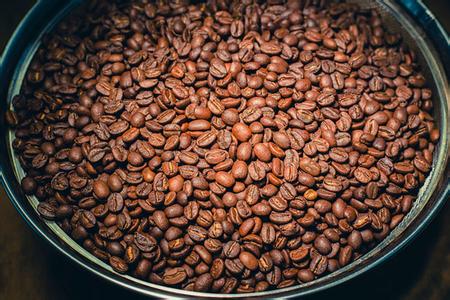Colombian Coffee Taste and Flavor description method Grinding Calibration Variety producing area
Colombian Coffee Taste and Flavor description method Grinding Calibration Variety producing area
Colombian coffee is divided into more than 200 grades, which means that the coffee is very regional. The country's coffee-producing areas are located in the Andes, where the climate is mild and the air is humid. Colombia has three Codiera mountains running north and south, right into the Andes. Coffee is grown along the highlands of these mountains. The mountain steps provide a diverse climate, where the whole year is the harvest season, and different kinds of coffee ripen at different times. And fortunately, unlike Brazil, Colombia doesn't have to worry about frost. Approximately 700 million coffee trees are documented in Colombia, 66% of which are planted in modern plantations and the rest on small traditionally run farms.
Colombian Coffee
Colombian Coffee-produced in Colombia, roasted coffee beans emit sweet aromas, with sweet acidity and moderate bitterness, and are often used in high-grade blended coffee because of the right concentration.
Colombian coffee has a bitter experience, clear and astringent as life, while bitterness is necessary in life, and the last fragrance at the root of the tongue is a thorough recollection of the past. Suffering is pain, clear and quiet, the last fragrance has become a kind of spiritual victory.
Colombians' relentless pursuit of coffee quality can only be described in one word: seriousness. In addition to serious, but also serious. A well-known example of this is that Colombians can replace bourbon coffee trees with fast-growing and high-yielding Arabica coffee trees. But Colombians are not going to do anything until the quality of coffee beans grown from Arabica coffee trees is confirmed, even if they are willing to hand over their coffee production ranking from second in the world to Vietnam, which only grows robastian coffee.

Important Notice :
前街咖啡 FrontStreet Coffee has moved to new addredd:
FrontStreet Coffee Address: 315,Donghua East Road,GuangZhou
Tel:020 38364473
- Prev

Flavor description of sun-cured coffee beans in Baoshan, Yunnan Province
The flavor of sun-cured coffee beans in Baoshan, Yunnan describes the environmental problems of coffee cultivation in the law-producing areas. Although it can reach the standard of hot areas, it is far away from the equator, the problem of evaporation, and the large-scale coffee cultivation in Yunnan is less than 1100m above sea level. in recent years, the severe drought in Yunnan, as well as the frost period in the producing areas, have made it impossible to guarantee the cultivation of coffee, which directly affected the quality of coffee production. To
- Next

Diagram of how to soak Kopi Luwak after it has been ground into powder
After Kopi Luwak has been ground into powder, how to soak and brew the method diagram to adjust the coffee grinding particles according to the taste: adjust the water temperature 1. If the coffee tastes scorched, astringent, bitter and stays for a long time, the water temperature is too high. two。 If the coffee tastes sour and earthy, it seems that there is no coffee.
Related
- Detailed explanation of Jadeite planting Land in Panamanian Jadeite Manor introduction to the grading system of Jadeite competitive bidding, Red bid, Green bid and Rose Summer
- Story of Coffee planting in Brenka region of Costa Rica Stonehenge Manor anaerobic heavy honey treatment of flavor mouth
- What's on the barrel of Blue Mountain Coffee beans?
- Can American coffee also pull flowers? How to use hot American style to pull out a good-looking pattern?
- Can you make a cold extract with coffee beans? What is the right proportion for cold-extracted coffee formula?
- Indonesian PWN Gold Mandrine Coffee Origin Features Flavor How to Chong? Mandolin coffee is American.
- A brief introduction to the flavor characteristics of Brazilian yellow bourbon coffee beans
- What is the effect of different water quality on the flavor of cold-extracted coffee? What kind of water is best for brewing coffee?
- Why do you think of Rose Summer whenever you mention Panamanian coffee?
- Introduction to the characteristics of authentic blue mountain coffee bean producing areas? What is the CIB Coffee Authority in Jamaica?

